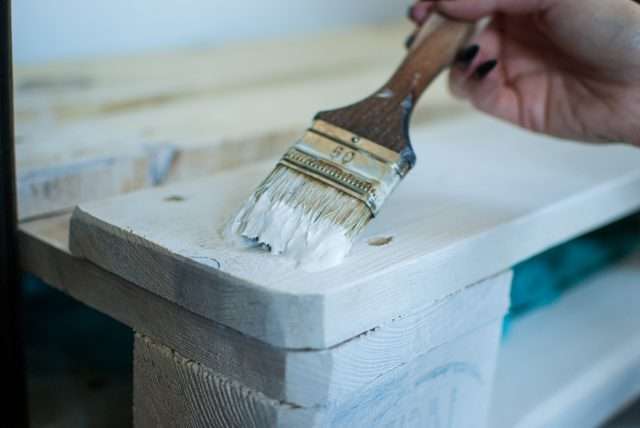Table of Contents
A paint job is not finished just after painting the exterior or interior of the house; figuring out the quality of the paint job is very important. The best quality painting job gives the best return for your money as it lasts for a long time. A home is something your own and putting some extra efforts in order to find out whether the home has been painted perfectly is blatant.
Given below are the parameters that define a quality paint job
Even Surface Coverage
The color of the paint should be consistent and even everywhere with no spills and/or drips. Proper sanding and retouching of the surface help achieve even surface coverage. Observation under daylight or a bright artificial light helps in ensuring the even coverage of the surface by the paint.
Perfectly Painted Small Areas
If the windows and door trim are painted with a different color, they should be masked to differentiate it from the surface color. Masking corners, areas around windows, doors are a proof of perfectly done paint jobs.
No Gaps
A professional painting job leaves no gaps between drywall, switch plate and outlet covers. If there is any gap left filling those gaps is necessary.
Uniformity
Moisture in walls is one major reason behind the failure of any paint job. Caulking prevents moisture seeping in the walls. Caulking holes, window frames, door trims and other small areas and other trim areas protect the surface from the environment and save from damage.
Clear Color Separation
The lines between surface and trim should always be clear. Even if the surface is applied with two different paint colors, the color should be differentiated with clear and straight lines.
Faux Finishes
Faux finishes are decorative paint finishes which should be evenly distributed in color and texture on the entire surface areas including corners and trim.
Painting Cost Calculator lets you select the best suitable paint and the paint quantity required to give your house walls a new perspective altogether.
Smooth Paint Coats
The upper paint layer should smoothly cover the primer and/or the underneath paint layer. If the wall has wallpaper or previous paint layer it should be removed absolutely for the new layer of paint to adhere on the wall perfectly.
No Paint Bleeding
In case of interior painting, make sure there is no bleeding of paint from underneath layer to the upper layer. Bleeding usually causes discoloration and reddish or yellowish spots on the paint surface. To avoid paint bleeding, the wall should be properly primed and/or the dark shade should not be covered with a light paint shade.
